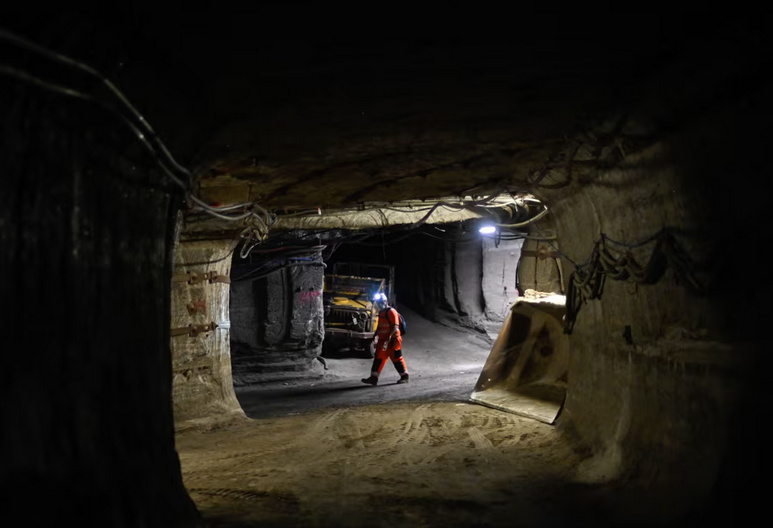Scientists fear thousands of tonnes of chemicals dumped in mining tunnels in Alsace may seep into an aquifer, with devastating consequences for people and wildlife

Phoebe Weston in WittelsheimMon 23 Jun 2025 06.00 CEST
Eight police officers linger with their backs to the two-hectare (five-acre) site known as Stocamine. The place is nondescript in the morning drizzle: two mine shafts, some modern-looking office buildings, a staff car park, lines of landscaped trees. The reason for the police presence, however, is what lies beneath: 42,000 tonnes of toxic waste stored under our feet.
Stocamine, which lies in the old industrial town of Wittelsheim, Alsace, once held an old potash mine. Now, the mine shafts are closed, storing poisonous waste from elsewhere. Above the mine shafts is one of Europe’s largest aquifers.
Some fear this toxic waste won’t stay sealed in the mine. In time, scientists say it could seep into the Alsace aquifer, which feeds into the Upper Rhine aquifer running between France, Switzerland and Germany, potentially contaminating the drinking water of millions of people.Contained in the mine are substances that have been linked to mass die-offs in wildlife, which could have severe and longlasting effects on ecosystems.
On 17 June, a judge upheld the decision of the government and ruled the waste should stay and be smothered in tonnes of concrete to avoid it leaking out. Those campaigning for it to be removed have called the decision “a timebomb for future generations”.
Today, the main visitors are 30 cyclists in plastic ponchos, with a couple of children and support vehicles in tow. They have come to protest, but only last a short while in the rain before leaving.
Anciens articles
-
Quand le patron canadien d’une entreprise minière considère le Limousin comme le « milieu de nulle part »
-
St Yrieix la Perche – Nouvelle manifestation contre les mines d’or
-
La conférence organisée par les opposants à la réouverture des mines en Haute-Vienne a fait salle comble
-
Article de Sud-Ouest du 9 juillet 2024